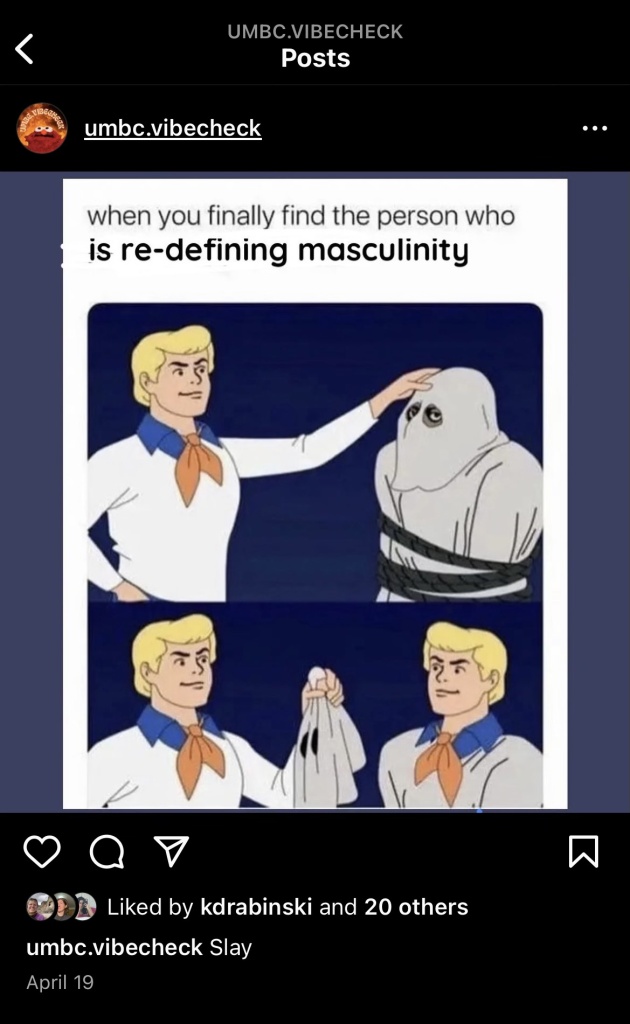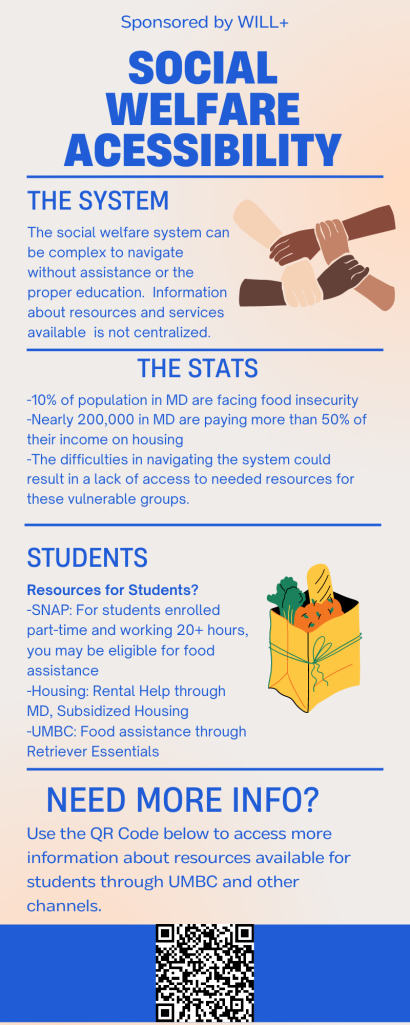
This project aimed to address toxic masculinity specifically within fraternities with a focus on consent. It is not uncommon for a girl in college to have either experienced or know another girl who has experienced roofying or sexual assault at a frat party. Addressing these issues and emphasizing the importance of consent is a crucial step towards facilitating a safer and healthier environment for all students.
Frat culture has historically been known to encourage toxic, violent “ultra-masculine” behavior, from initiations rights and hazing to other rituals. Some examples of common hazing practices include alcohol consumption, humiliation, isolation, sleep deprivation, and sex acts. Another issue with fraternity culture is sexual assault. Studies have found that men in fraternities are 3 times more likely to commit sexual assault than their student peers. (Our Wave, 2022).
While this may not exactly be the case at UMBC, it’s important for students to know and understand the dangers of such toxic behavior and the importance of consent, as well as be aware of healthier ways to express themselves and connect with their frat brothers.
Our goal was to address these issues in a non-confrontational way in order to reach those in fraternities and encourage consent with the use of relatable and lighthearted memes and images. We decided to create an instagram account to reach and engage with students at UMBC, including those in fraternities. Our page included humorous yet insightful memes, as well as more educational posts that describe what consent looks like and what it does not. Our account reached a decent amount of followers (over 100), as well as interaction and reposting from other students, including a couple fraternity brothers. We included captions such as “tag a friend” to encourage more interaction and exposure for our account. Additionally, with the help of Dr. Kate, we were able to print out flyers containing some of our posts along with our instagram handle and hang them around campus to reach more students.
Although we did have a decent amount of followers and interaction with the account, an obstacle we faced was getting interaction specifically from our target audience, fraternities. If we were to do this project again, we would probably need to find more strategies to increase this interaction in a way that does not seem forceful.







